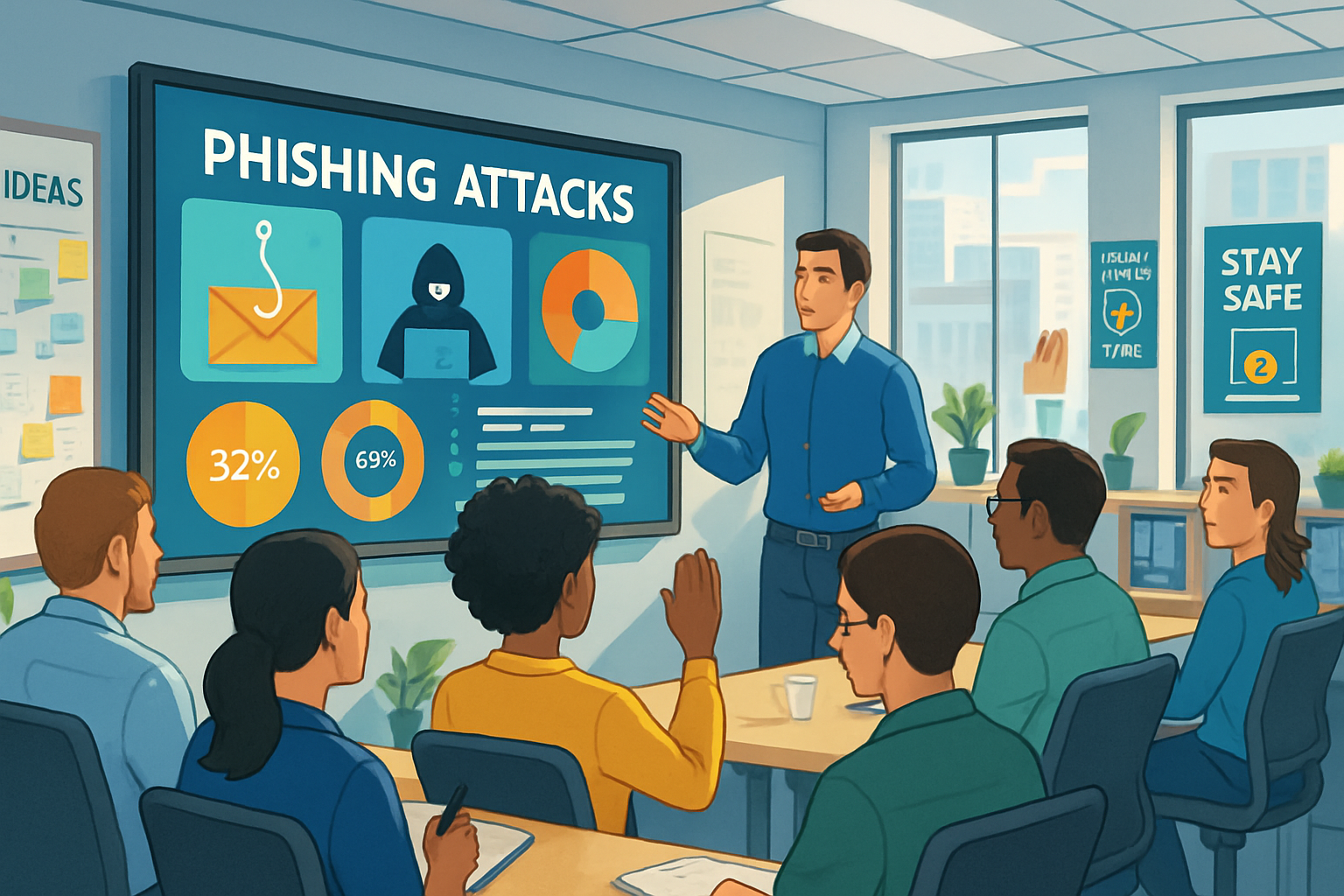Small Businesses Fear Cyber Threats As Ransomware Risks Surge
As ransomware attacks escalate, small businesses face mounting anxiety over cybersecurity vulnerabilities that could threaten their survival.
1 min read
.jpeg) Michael Markulec
:
Feb 18, 2022 5:56:42 PM
Michael Markulec
:
Feb 18, 2022 5:56:42 PM

You’ve gotten those extended car warranty calls. Or, perhaps an email alerting you of suspicious activity on your bank card? These are classic examples of social engineering. They happen every day and can take many different forms. Sadly, many people fall for them and lose substantial money. Businesses aren’t immune, either: Nearly 70% of US organizations experienced social engineering in 2020, resulting in a $2.76 million loss.
Social engineers manipulate human feelings, such as curiosity or fear, to carry out schemes and draw victims into their traps. Therefore, be wary whenever you feel alarmed by an email, attracted to an offer displayed on a website, or when you come across stray digital media lying about. Being alert can help you protect yourself against most social engineering attacks in the digital realm.
Moreover, the following tips can help improve your vigilance about social engineering hacks.

As ransomware attacks escalate, small businesses face mounting anxiety over cybersecurity vulnerabilities that could threaten their survival.

Discover how simulated phishing campaigns can transform your organization's security culture and empower employees to recognize and defend against...

Discover why proactive business continuity testing can mean the difference between survival and failure for small enterprises facing unexpected...